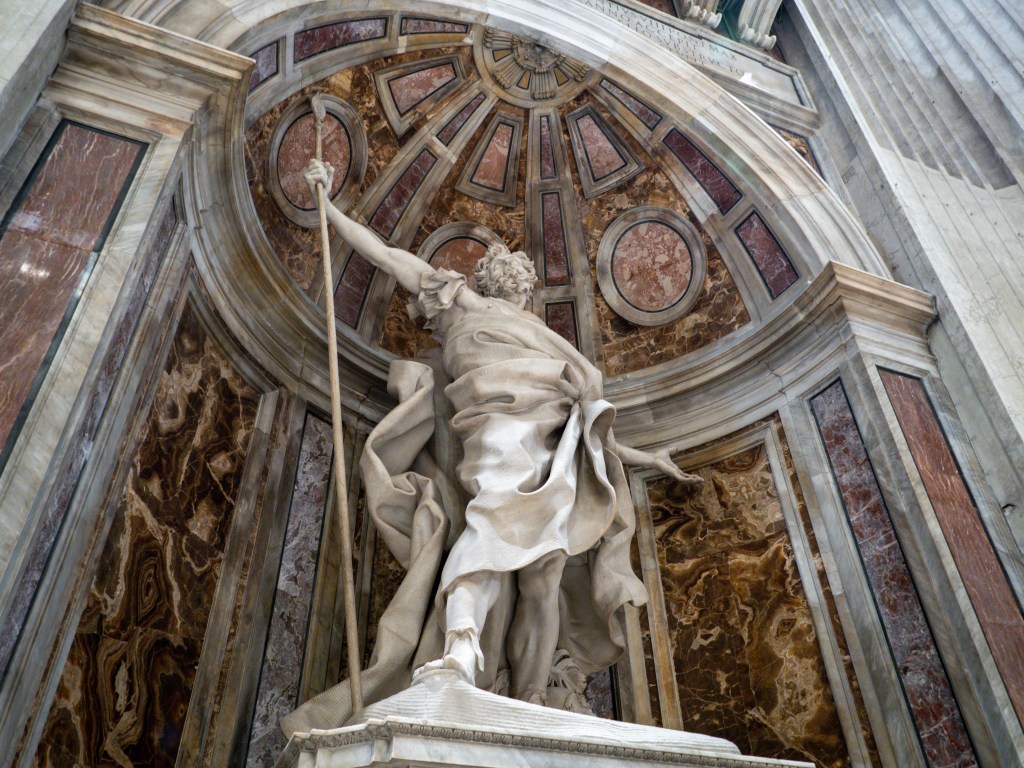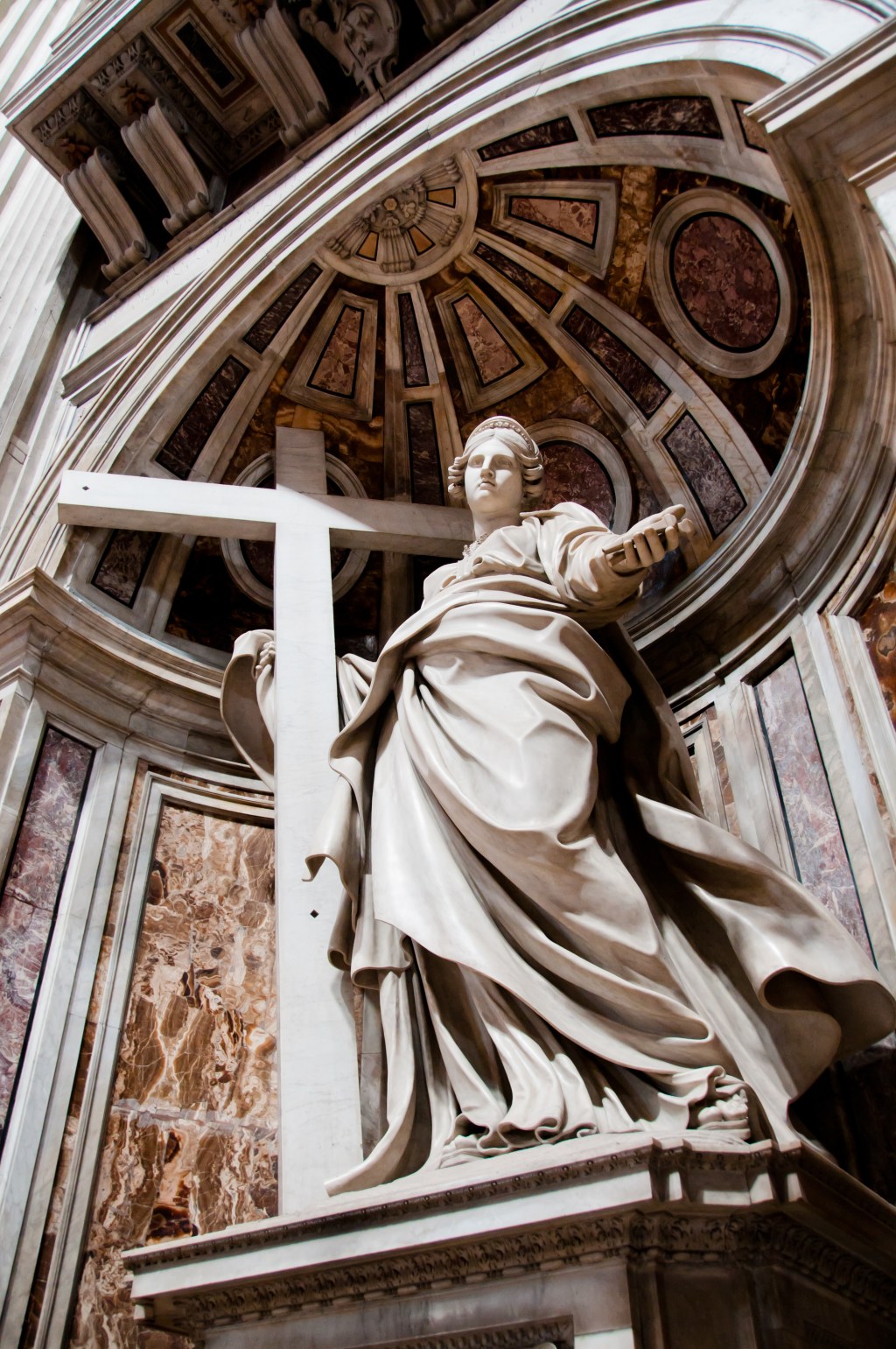Lenten Campaign 2025
This content is free of charge, as are all our articles.
Support us with a donation that is tax-deductible and enable us to continue to reach millions of readers.
In recent years, Rome has rediscovered the Lenten “stations,” which offer an ancient liturgy every day in a church in the Eternal City housing relics of martyrs and saints. St. Peter's Basilica is one of the stops where the faithful go during these 40 days, according to a well-established calendar. On three occasions, the pope's basilica presents relics of the Passion of Jesus, which it has carefully preserved for centuries.
On the Saturday before the Second Sunday of Lent, the crowd can venerate the relic of the spear of Longinus, with which the Roman centurion pierced the side of the crucified Christ. This episode is narrated in the Gospel of John:
“But when they came to Jesus and saw that he was already dead, they did not break his legs. Instead, one of the soldiers pierced his side with a spear, and at once blood and water came out.” (Jn 19:33-34).
The tradition of venerating this relic dates back to the end of the 15th century.

Veronica’s veil
The oldest tradition, dating from the 8th century, is that of the “Veronica’s veil,” which the faithful can see on the Fifth Sunday of Lent. The Gospel makes no mention of Veronica, but tradition refers to her as a woman who wiped Jesus' face during his ascent to Calvary. The face of Christ, covered in sweat, is said to have been imprinted on the piece of cloth she held out to him. This moment has become one of the 14 stations of the Way of the Cross.

This relic of the “Holy Face” was, during the first centuries, the symbol of the pilgrimage to Rome, as the scallop shell was that of the Way of St. James.
“The veil of Veronica was a highly venerated relic, and there are incredible descriptions of the ancient ceremony,” the parish priest of St. Peter's Basilica, Fr. Agnello Stoia, told Aleteia. “A large chain that hung from the ceiling was untied, and two deacons descended in a kind of elevator, showing the relic to the people.”
Lastly, on Good Friday, St. Peter's Basilica displays its third relic of the Passion: that of a fragment of Christ's cross, a piece of wood about 15 centimeters long with which the congregation is blessed.

Candles, drapery, and red gloves
These three displays are now carried out according to an unchanging liturgy. It all begins with a procession to the sound of the litanies of the saints. Then the celebrants go to Veronica's pillar — one of the four majestic pillars supporting the dome — where all the relics are kept in a safe, the keys of which are kept by the pastor.
The faithful then look up at the cornice of the pillar, where the ritual of the ostension begins. Three chaplains of St. Peter’s, a main celebrant, and two assistants chosen in turn, go up to the balcony of the pillar of Veronica, which is covered with a red cloth and illuminated with candles.
After the choir sings a Gregorian chant, setting the context of the relic, a chaplain reads a prayer in Italian. “Then he puts on two red liturgical gloves, the ‘chiroteche,’ which are used to avoid damaging the relic and are also a sign of respect,” explains Fr. Stoia.
The solemn blessing
The chaplains enter the cell to open the safe. The celebrant takes the relic in his gloved hands. The moment is solemnized by the ringing of three bells, with the exception of Good Friday when only the carillons ring – the bells are silent until Easter.
The relic is then presented to the people, first from the front, then from the right end of the balcony, then from the left end, and finally the celebrant returns to the center before replacing it to the sound of the bells. “The faithful remain in silence to look at the relic and to pray; there’s an atmosphere of great devotion,” says the pastor of the basilica. After the display, the liturgy continues with Mass.
“The faithful are showing more and more interest in coming and venerating these relics,” notes Fr. Stoia, who estimates that 1,500 people, mostly Romans, come to attend these events. All the more so as it’s the only time of the year when these relics are visible to the public.









